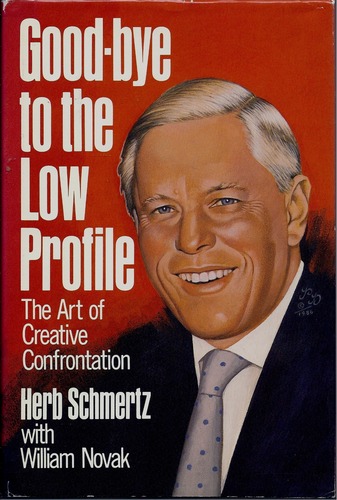 The historical roots of journalism, now encompassing all mass media, were nurtured by its role as The Fourth Estate; the independent public watchdog that keeps in check the three major democratic “estates” of power (in Britain the houses of Parliament, in America the three branches of government). So in spite of the great amount of attention it pays to murder trials, royal weddings and the lives of celebrities, the media plays a critical role in a democratic society; and to function properly it must be objective, unbiased, transparent and independent.
The historical roots of journalism, now encompassing all mass media, were nurtured by its role as The Fourth Estate; the independent public watchdog that keeps in check the three major democratic “estates” of power (in Britain the houses of Parliament, in America the three branches of government). So in spite of the great amount of attention it pays to murder trials, royal weddings and the lives of celebrities, the media plays a critical role in a democratic society; and to function properly it must be objective, unbiased, transparent and independent.
One current challenge to journalism’s mandate is that the line between news and entertainment continues to erode. All media sources compete for the same eyeballs, so speed has become more important than accuracy in reporting, and there are no rules regarding how the news is gathered. The journalist’s role has shifted from fact-based reporting to opinion-based commentary. Journalism has morphed into “communitainment.” And Edward R. Murrow is not pleased.
Erosion of journalism’s mandate has accelerated with the growth of “brand journalism,” which is content specifically created to promote commercial interests, very often in a non-transparent manner. Promotional messaging that for decades had been identified and quarantined by the media as ADVERTORIAL content – now safely re-branded as “sponsored” or “native” content – has gained legitimacy as bona fide editorial information worthy of placement in the New York Times or the CBS Evening News.
We live in a world where our knowledge, perceptions and culture are shaped by Google searches, Facebook posts and YouTube videos, and where technology and economic forces have created the perfect Petri dish for commercial agendas to overwhelm the volume and attention given to objective editorial interests. So is there a price to be paid for the loss of a free and independent press?
A few years ago, veteran journalist Bill Moyers explained what’s happened to journalism this way: “Our dominant media are ultimately accountable only to corporate boards whose mission is not life, liberty and the pursuit of happiness for the whole body of our republic, but the aggrandizement of corporate executives and shareholders…These organizations’ self-styled mandate is not to hold public and private power accountable, but to aggregate their interlocking interests. Their reward is not to help fulfill the social compact embodied in the notion of “We, the people,” but to manufacture news and information as profitable consumer commodities.” [Read Bill Moyers “Is the Fourth Estate a Fifth Column?: Corporate media colludes with democracy’s demise” in its entirety.]
As we continue to feast on mind-numbing, easily digested communitainment, and as we readily accept well-disguised commercialized propaganda as objective news and information…let’s keep in mind what we’re really giving up.















